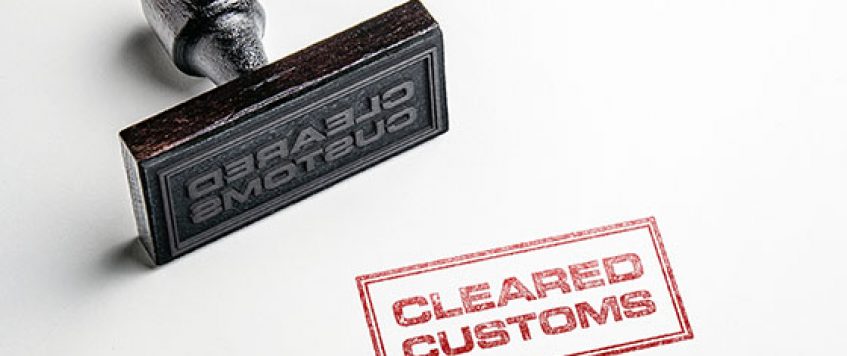-
09
Aug
Essential Things Importers Can Do to Prepare for Tariffs
On June 15, President Trump announced another round of tariffs on $50 billion worth of Chinese imports. These Section 301 tariffs are separate from the recently imposed Section 232 additional tariffs on certain steel (25%) and aluminum (10%) products from various countries of origin. The Section 301 additional 25% tariffs will take effect on July 6, 2018 and will apply to 818 HTS products made in China. There are 284 “proposed” HTS products pending public comments and hearings and not expect to be finalized for several weeks.
If indeed these additional tariffs go into effect, it will become more likely that many of our customers will have products impacted.
If that is the case, there are five essential things you can do to prepare now:
It’s all about the Continuous Bond: Duties (regular, anti-dumping, and countervailing) are taken into account when calculating your company’s bond limit requirements. Surety companies, who provide the bonds, may require importers to obtain larger bonds and possibly provide financial statements and collateral in order to secure bonds with higher limits if their commodities are subject to the new tariffs. Bonds deemed insufficient cannot be used for import and may delay incoming shipments. It is recommended for importers to forecast the possible impact of tariffs on their business for the next 12 months and if necessary, obtain increased bond coverage now, rather than wait for an insufficiency notification from the surety company.
With the new proposed tariffs, the new bond limit required may be significant. If US Customs deems your bond to be insufficient, you may receive a letter from Customs’ Revenue Division requiring an increase in your bond. Insufficient bonds cannot be used to cover the import of merchandise and this may lead to additional costs and delays.
It is the importers responsibility to ensure that their bond limit is sufficient, so act now!
Use the ACE Tools US Customs provides: If you have not set yourself up on Customs’ ACE portal yet, do so now. It is an incredibly useful tool, and the link is below. Once you are using the portal, we suggest you monitor your import activity closely and on a regular basis via various ACE Reports in the portal. ACE Reports are a great tool to determine bond sufficiency and to ensure compliance.
Here is the link from US Customs website with instructions on how to apply for an ACE Portal account for importers that currently do not have one: https://www.cbp.gov/trade/automated/getting-started/portal-applying
Review your credit limit: – Additional tariffs will increase your duty obligations, and perhaps your credit needs with your broker / forwarder. So please review what the impact could be and assess your credit needs and communicate with your broker. To avoid shipment delays due to credit holds, clients can pay duties directly to US Customs via their own ACH bank account. They can select to have duties withdrawn from their ACH account within 10 days of clearance or once per month through Periodic Monthly Statement. Links to both are below:
US Customs ACH application process https://www.cbp.gov/trade/automated/ach
Importer Periodic Monthly Statements info: https://www.cbp.gov/sites/default/files/documents/section_1_pms_3.pdf
Discuss with your team: Share the above with your internal supply chain and finance stakeholders. And to remain compliant, implement internal measures to ensure additional duties are applied at time of entry and prior to statement.
And Stay Informed! A great place to start is US Customs & Border Protection website – Trade section (www.cbp.gov).
Should you need any additional information or assistance, please feel free to contact us at info@pngworldwide.com

